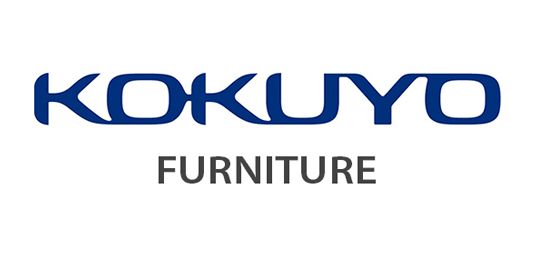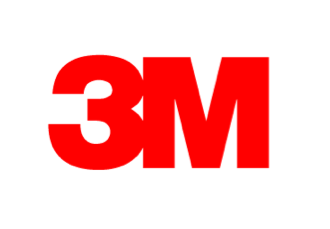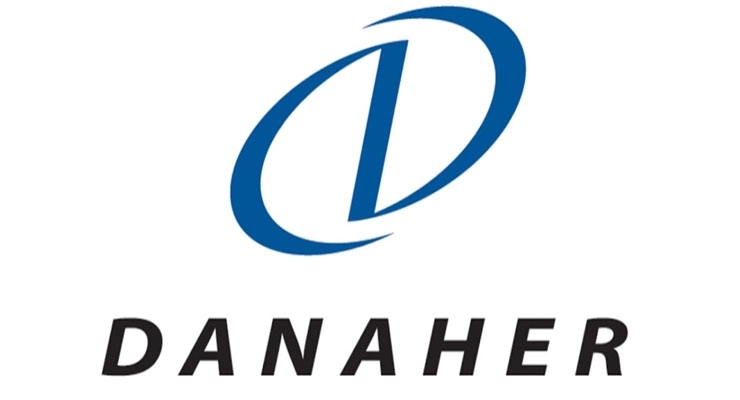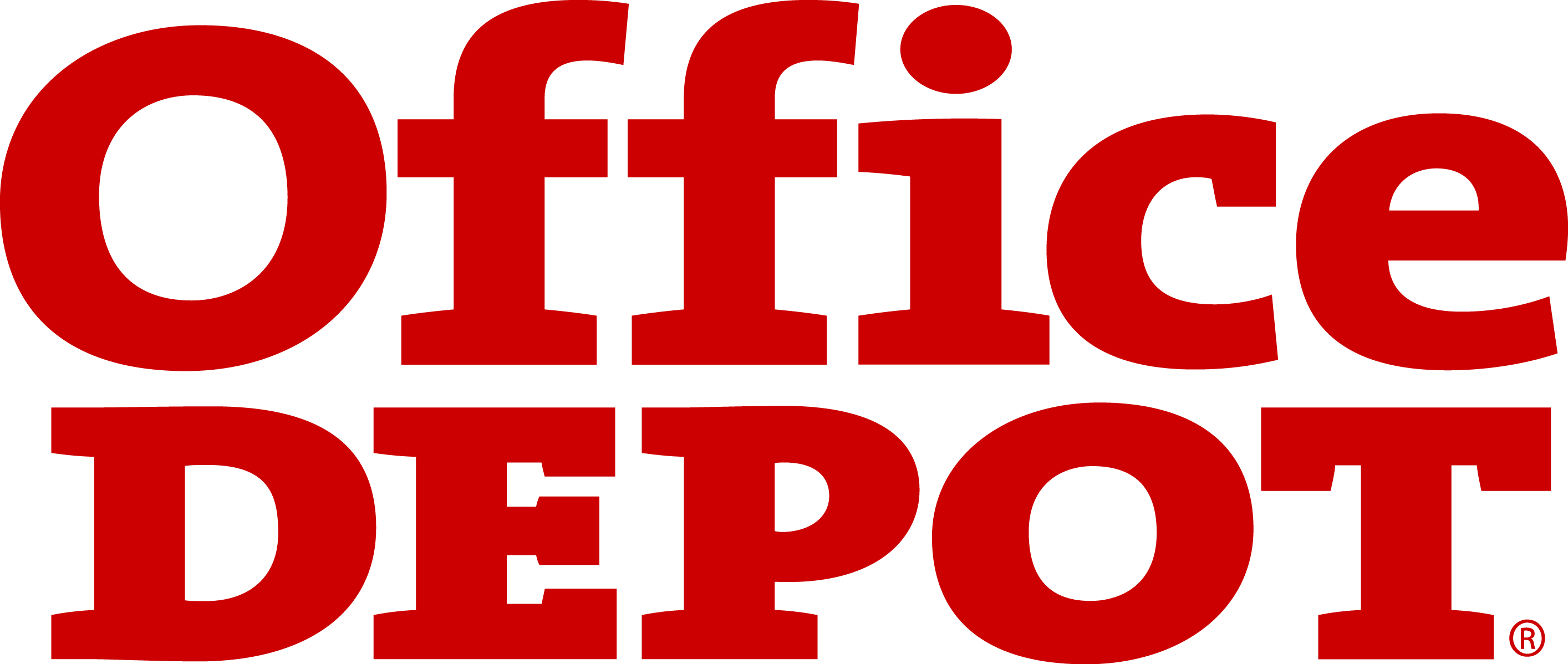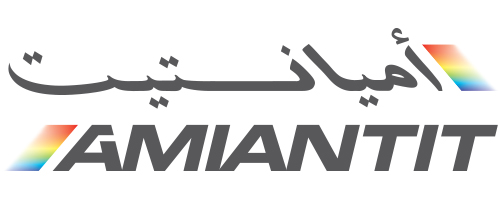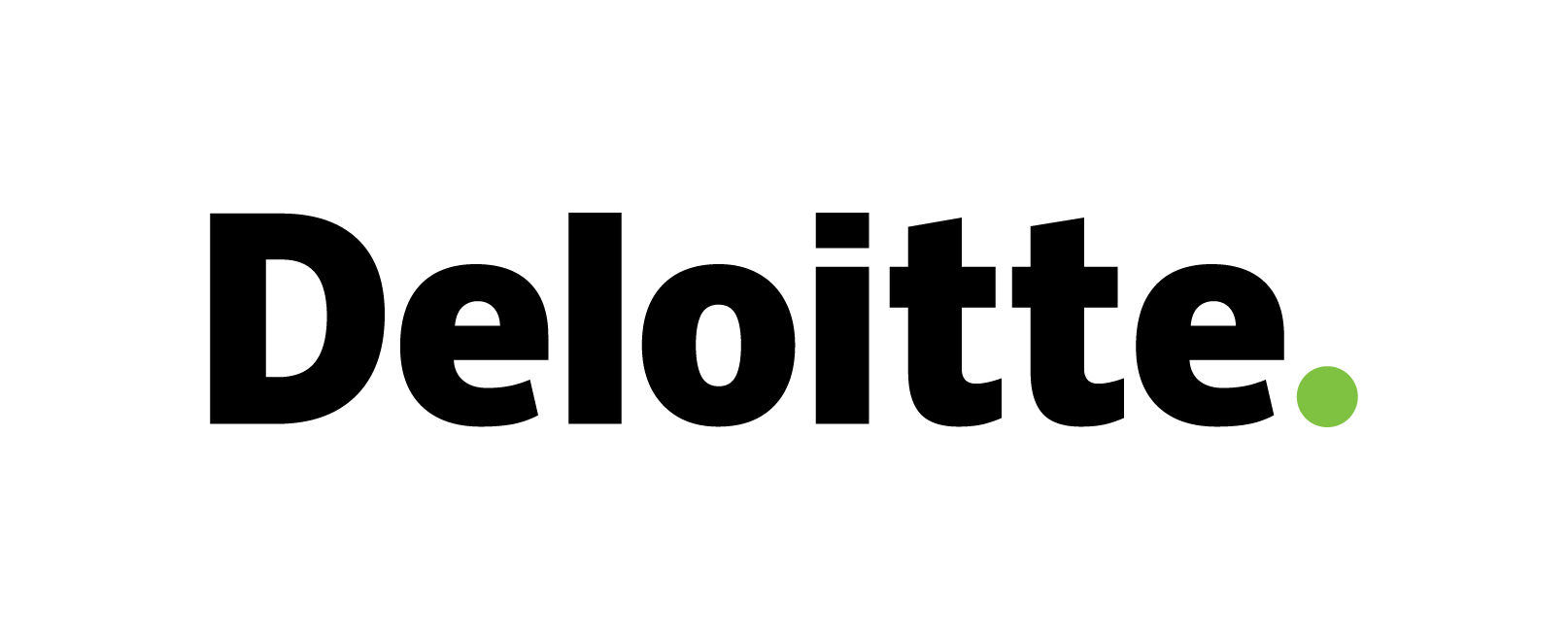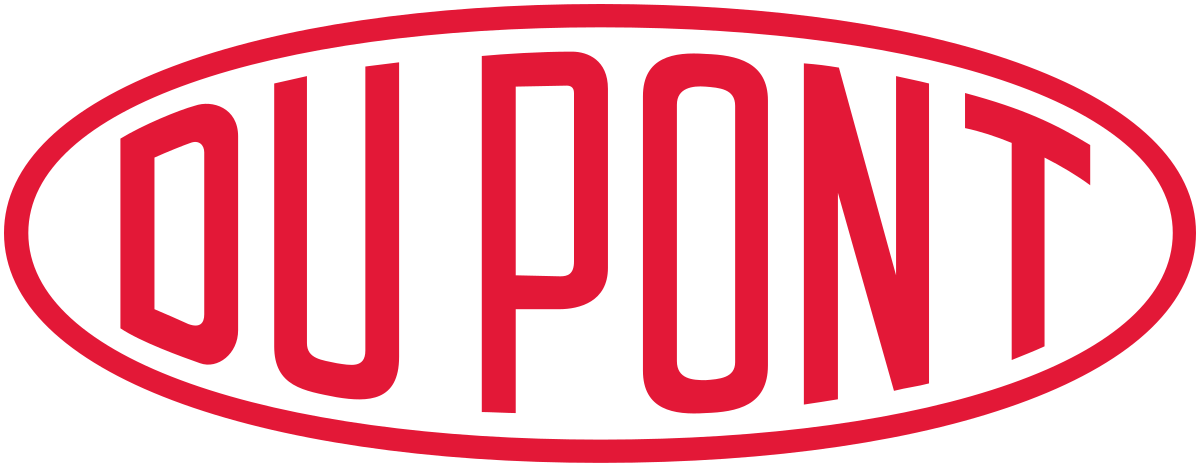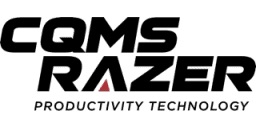Fragile X Syndrome (FXS) Market
Fragile X Syndrome (FXS) Market Trends, Opportunity, and Forecast Analysis, 2024-2033
Fragile X Syndrome (FXS) market revenue to generate USD 66.4 Million by 2033, according to KDMI analyst’s growth analysis. The market is segmented by treatment type, route of administration, patient age group, end-user, and by Region.
Fragile X Syndrome (FXS) Market Size Survey Report – In a Glance
As per the survey report on global Fragile X Syndrome (FXS) market, the market is projected to foresee a CAGR of 4.1% between 2024-2033, and further generate a market size of USD 66.4 million revenue by the end of 2033. In the year 2024, the market size was valued at USD 46.3 million revenue.
- The global Fragile X Syndrome (FXS) market is projected to grow on account of the escalating rate of genetic disorders.
- In Japan, the Fragile X Syndrome (FXS) market growth can be attributed to the advancement in FXS treatments.
- KDMI analyst’s growth analysis foresees limited patient population to challenge the market growth.
- North America, having the highest market share in the Fragile X Syndrome (FXS) market, is projected to dominate the global market.
Fragile X Syndrome (FXS) Market Analysis
Fragile X Syndrome (FXS) is a genetic disorder caused by a mutation in the X chromosome. This harmful genetic change brings about physical abnormalities, learning difficulties, cognitive disabilities, developmental delays, behavioral issues, and numerous other health problems. Around the world, millions of babies are born with serious genetic conditions each year. Yet only 30% of those with rare genetic disorders get proper and timely diagnosis. This growing prevalence of genetic disorders is mainly linked to lifestyle variations and environmental shifts. Hence, the escalating rate of genetic disorders is increasing the need for therapeutic solutions, diagnostics, and medical research, thereby, expanding the FXS market all over the world. Neuren Pharmaceuticals, Eli Lilly and Company, Bellus Health Inc., are some of the significant parties in the global market for Fragile X Syndrome (FXS).
Analyst’s Observation on Japan Fragile X Syndrome (FXS) Market Survey
Fragile X Syndrome (FXS) is the most prevalent genetic cause behind intellectual disabilities affecting approximately 1 in 5,000 males and 1 in 8,000 females. In Japan, the market growth for Fragile X Syndrome (FXS) can be attributed to the advancement in FXS treatments. However, the FXS market in the country is growing due to heightened government funding and novel drug discoveries. Many leading firms are introducing groundbreaking therapies, raising public awareness and ensuring better accessibility. These cutting-edge FXS drug innovations are stimulating the overall FXS industry within the nation.Tetra Therapeutics and GEXVal are some of the significant parties in the market for Fragile X Syndrome (FXS) in Japan.
|
Fragile X Syndrome (FXS) Market: Report Scope |
|
|
Base Year |
2023 |
|
Estimated Market Size |
USD 46.3 Million in 2024 |
|
Forecast Year |
2024-2033 |
|
Projected Market Size |
USD 66.4 Million in 2033 |
|
CAGR Value |
4.1% |
|
Fragile X Syndrome (FXS) Market Key Trends/Major Growth Drivers |
|
|
Restraint Factors |
|
|
Fragile X Syndrome (FXS) Market Segmentation |
|
|
Fragile X Syndrome (FXS) Market Key Players |
Anavex Life Sciences Corp., Ovid Therapeutics, Neuren Pharmaceuticals, Eli Lilly and Company, Bellus Health Inc., AMO Pharma, Marinus Pharmaceuticals Inc., Karus Therapeutics. SA, Zynerba Pharmaceuticals, Inc., Lupin Pharmaceuticals, and others. |
Fragile X Syndrome (FXS) Market Growth Drivers and Challenges
Growth Drivers
Expanding genetic screening programs:
Genetic screening refers to a public health program that targets specific asymptomatic populations to identify those at high risk and provide them with preventive care, early management, or reproductive planning. It is not limited to just testing. Rather, it is a detailed and structured initiative for a designated group of the population involving education and counseling about associated risks as well as advantages. Recommended genetic screening tests for Fragile X Syndrome (FXS) include exome sequencing, chromosomal microarray analysis, and a specific DNA test for FXS disorder. Therefore, the expansion of genetic screening programs fuels the FXS market by elevating the need for targeted treatments, medical research funding and healthcare breakthroughs. This is ultimately fostering better patient care and improving the overall market dynamics.
Favourable policies for drug development:
The process of drug development involves lots of experimental trials, extensive research, and approval processes. Nowadays, artificial intelligence (AI) is gaining traction in drug development and the FDA acknowledges the increasing integration of AI in the pharmaceutical industry and various therapeutic sectors. Furthermore, CDER (Center for Drug Evolution and Research) reports a notable surge in drug approval requests featuring AI-based advancements in recent years. Therefore, favourable government policies for drug development such as accelerated approvals, enhanced research funding, and other innovation incentives are advancing the Fragile X Syndrome (FXS) market. These initiatives motivate pharmaceutical companies to invest in drug research, widen treatment availability, and optimize clinical procedures, eventually improving patient outcomes and industry growth.
Restraints
Limited patient population:
Fragile X Syndrome (FXS) is an uncommon genetic disorder that impacts a small demographic, making it a less lucrative zone for pharmaceutical firms to undergo extensive drug research and production. Therefore, a small patient base lowers the market potential, hampers drug research, and restricts the profitability in the FXS market.
Cost-intensive drug discovery:
The expensive and time-consuming journey involved in drug discovery, legal approval, and Fragile X Syndrome (FXS) medications significantly hampers the market development. Additionally, it slows scientific research, discourages biotech firms, delays new therapies, and limits patient reach, ultimately restraining the overall FXS market and medical progress.
Fragile X Syndrome (FXS) Market Segmentation
Our experts at KD Market Insights have segmented the global Fragile X Syndrome (FXS) market research report as:
|
By Treatment Type |
|
|
By Route of administration |
|
|
By Patient age group |
|
|
By End-user |
|
|
By Region |
|
Fragile X Syndrome (FXS) Market Regional Synopsis
North America leads the way in the Fragile X Syndrome (FXS) market and is majorly driven by its strong research and development activities. Besides that, the progressive healthcare systems, extensive research in rare genetic diseases, increased awareness among the public and favorable regulatory policies in Canada and the United States further drives the market within the region. The United States holds the largest share of the regional Fragile X Syndrome (FXS) market within the given period because of the presence of pharmaceutical companies, growing genetic testing, and increasing adoption of innovative treatments along with promising drug development pipeline in the country. According to findings, a total of 129,624 genetic tests in the U.S. have been registered in the Genetic Testing Registry by November 2022.
Asia-Pacific (APAC) is encountering the quickest market surge during the forecasted period. The region functions as a central point for pharmaceutical businesses. This is mainly due to expansive distribution channels and trade connections. Furthermore, the market is also driven by the increasing use of generic drugs, economic growth, consumer demands, and progressing healthcare framework. India is also upgrading the Fragile X Syndrome (FXS) market due to its massive population, expanding genetic screening programs, surging public awareness, greater healthcare investments and strengthened healthcare systems. In addition to that, Japan’s economic progress is likely to expand at a rate beyond its expected growth capacity. China is also contributing a significant part to the regional market. It has implemented the world’s largest planned urban transformation program, thereby, promoting healthcare development. Also, numerous biotechnology research and drug development have supported its overall healthcare framework and economic growth goals.
In Europe, the existence of government organizations such as the European Medicines Agency (EMA) is supporting early detection and preventive screening of Fragile X Syndrome (FXS) are mainly expected to drive the market expansion in the coming future. Moreover, the UK is at the forefront of the development of the market in the region due to its increasing improved diagnostics and strong healthcare policies. Several factors are responsible for the market evolution in the area such as the rising occurrence of genetic disorders, growing public awareness about genetic diseases, and expanding availability of medical solutions.
Fragile X Syndrome (FXS) Market Competitive Landscape
Some of the key players who top the global Fragile X Syndrome (FXS) market share:
- Anavex Life Sciences Corp.
- Ovid Therapeutics
- Neuren Pharmaceuticals
- Eli Lilly and Company
- Bellus Health Inc.
- AMO Pharma
- Marinus Pharmaceuticals Inc.
- Karus Therapeutics. SA
- Zynerba Pharmaceuticals, Inc.
- Lupin Pharmaceuticals
- Zydus Candila
- Sun Pharma
- Executive Summary
- Market Overview
- Key Findings
- Market Trends
- Market Outlook
- Introduction
- Scope of the Report
- Research Methodology
- Definitions and Assumptions
- Acronyms and Abbreviations
- Market Dynamics
- Drivers
- Restraints
- Opportunities
- Challenges
- Global Fragile X Syndrome (FXS) Market
- Market Overview
- Market Size and Forecast
- Market Segmentation
- By Treatment type
- By Route of administration
- By Patient age group
- By End-user
- By Region
- Market Segmentation by Treatment type
-
- Pharmacological treatment
- Psychotherapy
- Education & training
- Others
-
- Market Segmentation by Route of administration
-
- Oral
- Injectable
- Topical
- Others
-
- Market Segmentation by Patient age group
-
- Children
- Adults
- Elderly
- Others
-
- Market Segmentation by End-user
-
- Hospitals
- Specialized clinics
- Home care
- Others
-
- Regional Analysis
- North America
- United States
- Market Size and Forecast
- Key Trends and Developments
- Market Analysis by Treatment type, Route of administration, Patient age group and End-user
- Canada
- Market Size and Forecast
- Key Trends and Developments
- Market Analysis by Treatment type, Route of administration, Patient age group and End-user
- Mexico
- Market Size and Forecast
- Key Trends and Developments
- Market Analysis by Treatment type, Route of administration, Patient age group and End-user
- United States
- Europe
- United Kingdom
- Market Size and Forecast
- Key Trends and Developments
- Market Analysis by Treatment type, Route of administration, Patient age group and End-user
- Germany
- Market Size and Forecast
- Key Trends and Developments
- Market Analysis by Treatment type, Route of administration, Patient age group and End-user
- France
- Market Size and Forecast
- Key Trends and Developments
- Market Analysis by Treatment type, Route of administration, Patient age group and End-user
- Italy
- Market Size and Forecast
- Key Trends and Developments
- Market Analysis by Treatment type, Route of administration, Patient age group and End-user
- Spain
- Market Size and Forecast
- Key Trends and Developments
- Market Analysis by Treatment type, Route of administration, Patient age group and End-user
- Rest of Europe
- Market Size and Forecast
- Key Trends and Developments
- Market Analysis by Treatment type, Route of administration, Patient age group and End-user
- United Kingdom
- Asia Pacific
- China
- Market Size and Forecast
- Key Trends and Developments
- Market Analysis by Treatment type, Route of administration, Patient age group and End-user
- Japan
- Market Size and Forecast
- Key Trends and Developments
- Market Analysis by Treatment type, Route of administration, Patient age group and End-user
- India
- Market Size and Forecast
- Key Trends and Developments
- Market Analysis by Treatment type, Route of administration, Patient age group and End-user
- Australia
- Market Size and Forecast
- Key Trends and Developments
- Market Analysis by Treatment type, Route of administration, Patient age group and End-user
- South Korea
- Market Size and Forecast
- Key Trends and Developments
- Market Analysis by Treatment type, Route of administration, Patient age group and End-user
- Rest of Asia Pacific
- Market Size and Forecast
- Key Trends and Developments
- Market Analysis by Treatment type, Route of administration, Patient age group and End-user
- China
- Latin America
- Brazil
- Market Size and Forecast
- Key Trends and Developments
- Market Analysis by Treatment type, Route of administration, Patient age group and End-user
- Argentina
- Market Size and Forecast
- Key Trends and Developments
- Market Analysis by Treatment type, Route of administration, Patient age group and End-user
- Colombia
- Market Size and Forecast
- Key Trends and Developments
- Market Analysis by Treatment type, Route of administration, Patient age group and End-user
- Rest of Latin America
- Market Size and Forecast
- Key Trends and Developments
- Market Analysis by Treatment type, Route of administration, Patient age group and End-user
- Brazil
- Middle East & Africa
- South Africa
- Market Size and Forecast
- Key Trends and Developments
- Market Analysis by Treatment type, Route of administration, Patient age group and End-user
- Saudi Arabia
- Market Size and Forecast
- Key Trends and Developments
- Market Analysis by Treatment type, Route of administration, Patient age group and End-user
- UAE
- Market Size and Forecast
- Key Trends and Developments
- Market Analysis by Treatment type, Route of administration, Patient age group and End-user
- Rest of Middle East & Africa
- Market Size and Forecast
- Key Trends and Developments
- Market Analysis by Treatment type, Route of administration, Patient age group and End-user
- South Africa
- North America
- Competitive Landscape
- Market Share Analysis
- Company Profiles
- Eli Lilly and Company
- Bellus Health Inc.
- AMO Pharma
- Marinus Pharmaceuticals Inc.
- Karus Therapeutics. SA
- Zynerba Pharmaceuticals, Inc.
- Lupin Pharmaceuticals
- Strategic Recommendations
- Appendix
- List of Tables
- List of Figures
- References

Need Customized Report for Your Business ?
Utilize the Power of Customized Research Aligned with Your Business Goals
Request for Customized Report- Quick Contact -
- ISO Certified Logo -




